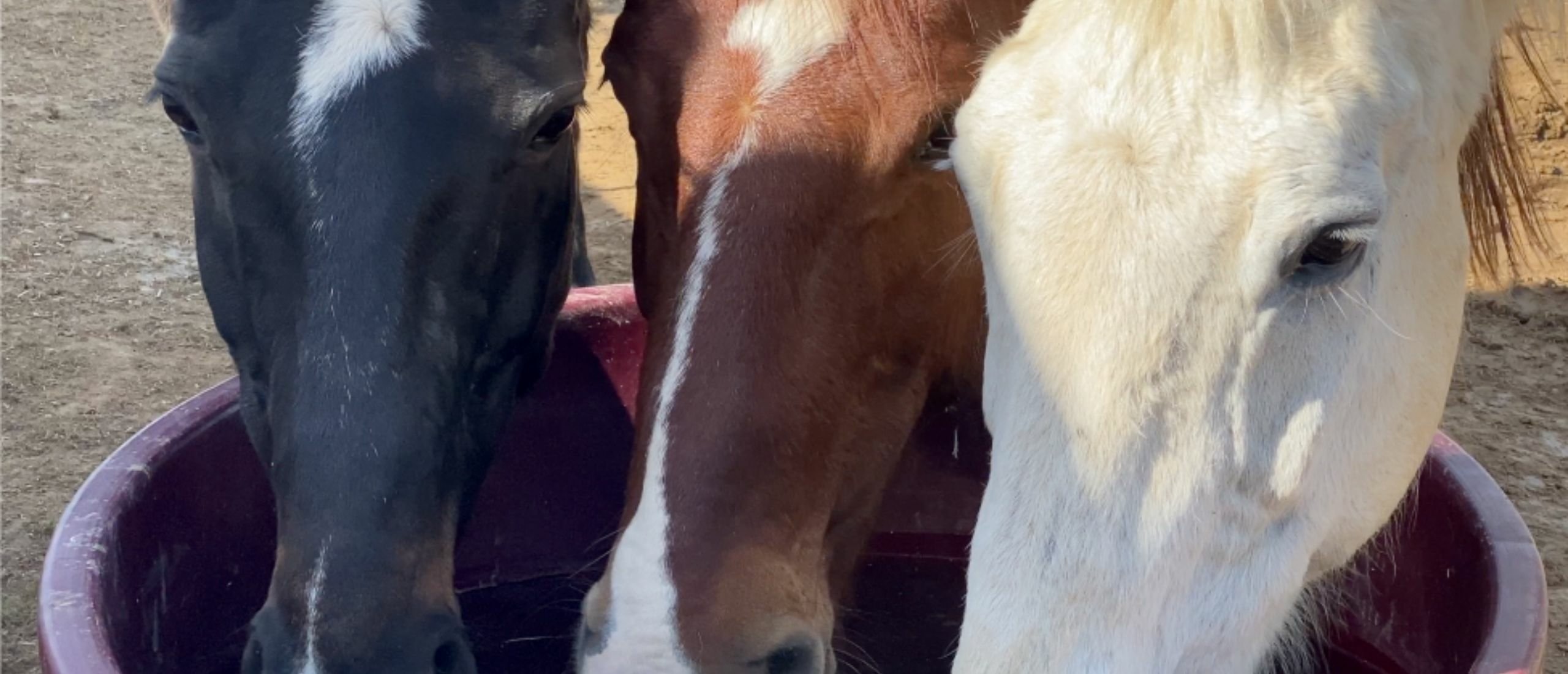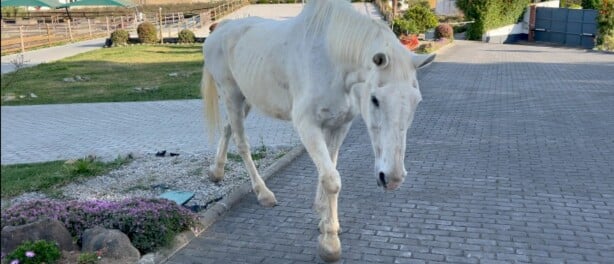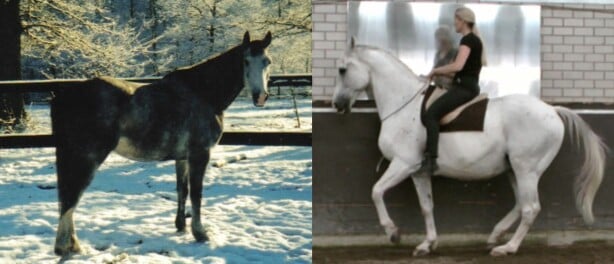In Straightness Training (ST) we strive for "Connection & Collection" (CC), and in this post, I will explain what these two words and this concept means.
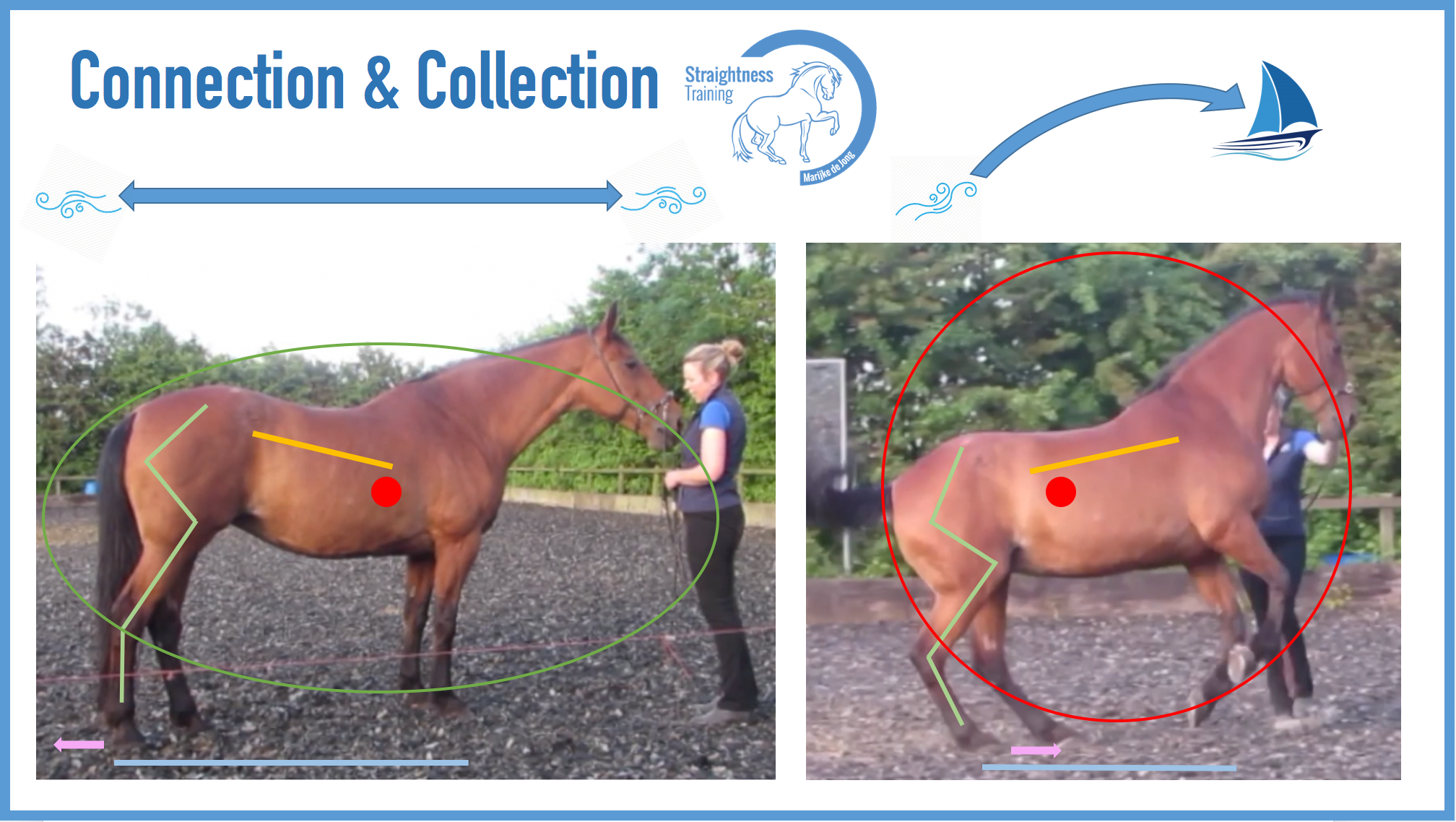
But before we continue, just a small note:
False Friends
As with the mystical words "Impulsion" and "Schwung", also "Connection" and "Collection" can lead to a discussion about what they exactly mean.
However, it’s in most cases more a linguistic and semantic discussion than a practical one!
Because it’s very common that the same word - in different methods or languages - has a different meaning. It's what they call ‘false friends’.
For example:
- "burro" means donkey in Spanish, but "burro" means butter in Italian.
It's just a matter of definition and a matter of semantics.
That’s why every method defines its own "map of the territory".
ST definitions
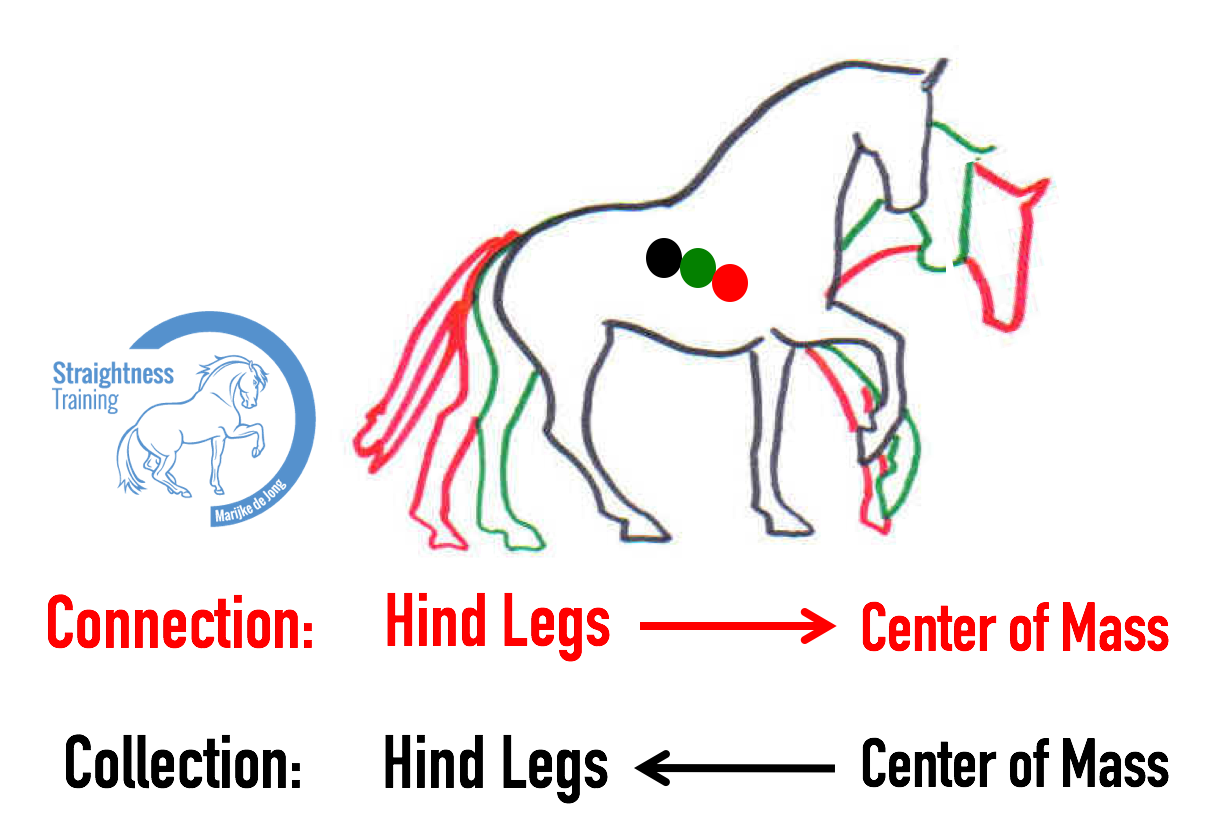 So let's return to the topic about what the concepts of in "Connection" and "Collection" mean in our ST map:
So let's return to the topic about what the concepts of in "Connection" and "Collection" mean in our ST map:
- Connection means connecting the inside hind leg to the center of mass, so it steps properly under the body. It also means connecting the horse from behind, through the body, towards the rider's hand.
- Collection means shifting the weight backward towards the hind legs. As a result, the horse is bending and lowering the haunches and therefore light in front.
Now here's the thing:
Without connection, no collection.
So first, we need engaged hindquarters in behind before we put weight on it.
We also call it the "Steinbrecht forward" in the hindquarters.
Because remember Steinrbrecht's words:
"Ride your horse forwards, and set it straight"...
... not the other way around.
CC in the ST Evaluation Program
In the ST Evaluation Program, we'll start applying the concepts of "Connection & Collection" in walk and trot.
And we use the abbreviation "CC" for the Connection & Collection combo. Then, in Grade 4, we'll take it a step further by asking for CC in the canter.
Let's have a look at the map of the CC territory - to explain the symbols, lines, and arrows: 
Left Picture:
On the left, you can see Milly in her natural balance:
- The red dot expresses the center of mass, and it's located more forward.
- The yellow line expresses Milly's "downhill" tendency because 3/5 of her body weight is carried on the front legs.
- The green circle has a "cucumber" shape. In ST, we use the "cucumber" metaphor to describe a long body frame, where the poll is slightly more down, and the nose very much in front of the vertical.
- The green lines on the hind leg shows that the angles in the joints are larger, as if an accordion or "harmonica" has been pulled out.
- The pink arrow backward describes the natural tendency of the hind legs to push back and against the center of mass.
- The blue horizontal line describes the amount of ground that is covered by all our legs. So there's a large natural distance between the hind legs and front legs.
The blue arrow on top of the picture shows that the energy can leak away in both directions because the horse is not kept in between the aids.
Right picture:
On the RIGHT you can see Milly in her riding balance, also called 'artificial' balance:
- The red dot, the center of mass is located more towards the rear and slightely upward.
- The yellow line expresses Milly's "uphill" way of moving, where most of the weight is carried by the hindquarters.
- The red circle has a "tomato" shape. In ST, we use the "tomato" metaphor to describe the horse's shorter and compressed frame, a raised back, a strong core, isometric contraction of the neck muscles, with the poll more up and as the highest point, and with the nose more close to the vertical.
- The green lines aka the "harmonica" in behind is more folded, so there's a decrease in joint angles. As the horse carries weight on the hind legs, the pelvis tilts, the hip, stifle and hock joint flex, so it's like the horse is 'sitting' in behind. This allows the horse to push more down into the ground with more spring and greater dynamics.This allows the horse to push more down into the ground with more spring and greater dynamics.
- The pink arrow forwards describes the importance of maintaining the forward tendency of the hind legs, while converting the push backward into more downwards. The "Steinbrecht Forward" is one of the most important key elements in ST!
- The blue horizontal line describes the decrease in the amount of ground that is covered by all our legs: because the pelvis is tilted, the hind legs come further under the body, and the frame is shortened.
The blue arrow on top of the right picture shows two concepts:
- ⛵ "The wind in the sails" concept, which describes that the energy that starts in behind, goes through a relaxed, elastic, swinging back, and is canalized in front. So this is an important idea when creating the connection. Because connection and collection have nothing to do with simply putting the horse's head down in a round shape or making a horse go 'on the bit' in an isolated way. Connection is a compound event.
- 🏹 "The arrow in a bow concept" means the following: The horse draws his body and limbs together so that it becomes like a giant spring in much the same way that a bow is drawn by an archer. Now the reason why we collect a horse is that if our horse was a warhorse, the stored energy could be reclaimed for fighting or running, which is important for survival. And when we reclaim this stored energy, the arrow will go very fast. (That's why collection helps 'lazy' horses much better to restore their forward drive than simply encouraging the stiff hind legs to move faster with leg or whip aids. That will only create more push backward, with the result that the center of mass shift even more towards the front legs, so it gets even more difficult to move him forward.)
So the "arrow in a bow test" is a way to check if we collected our horse properly:
- Only if he expresses the tendency of wanting to move a sort of explosively forwards with impulsion and schwung after our release, we know the collection was performed properly.
- If he falls apart as plum pudding, it's a sign that he only went 'slow', rather than 'collected'.
So without wind in the sails, without the arrow in a bow, without connection, no proper collection.



